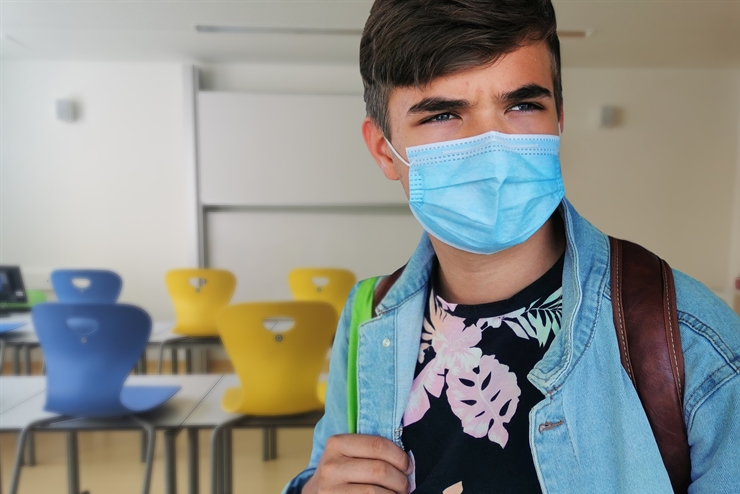I would guess that the neighbor kids living across the street from me are a microcosm of America’s youth population. The oldest hates the distance learning that has been inflicted upon him in recent months. His younger sister, however, loves the secluded learning environment, and would be happy if she never had to go back to the traditional classroom.
Their varied responses demonstrate a timeless truth: Children are not alike, and therefore not all children will thrive in the same environment.
We’ve ignored that truth for years, believing a number of subtle education myths instead. Some of these myths are exposed by early childhood expert Erika Christakis in her recent article for The Atlantic, which challenges us to use this time of upheaval to face our educational system’s problems and to make changes for the better.
Myth 1: Learning Works Best in a Classroom
School on Zoom may not be popular, but according to Christakis, research shows that “many children, from a variety of backgrounds, seem to be coping quite well without traditional school.” Actual learning is happening partly because students are able to stay more focused, but also because it seems busywork has been reduced. Christakis acknowledges that “the teaching of young children today relies on flawed classroom approaches—teachers talking too much, kids not enough.” She suggests that education “built on a foundation of authentic, conversational language” would be far more effective.
Myth 2: Reading and Math are the Only Important Classes
Such a myth was propagated by the testing resulting from the No Child Left Behind Act. To keep up with the tests, Christakis writes, schools reduced the amount of time spent on recess, music, history, and other subjects. Yet “experts across the educational and ideological spectrums agree” that these subjects are “essential for strong reading, critical-thinking, and writing skills,” while also providing a release valve for children needing to burn off excess energy.
Myth 3: Students Must Be Segregated By Age
When students are grouped by age, they more easily fall into unhealthy comparisons which Christakis believes “can generate stress and bullying.” By contrast, interacting with children of various ages—as has happened to students at home during the pandemic—offers older children the chance to take on responsibilities while providing role models for younger children.
Myth 4: School Provides a Healthy Environment for Students
“We know the pandemic has created or exacerbated mental-health problems for many children,” writes Christakis. “But what’s less appreciated is that pre-pandemic schooling was already contributing to such problems.” In other words, while being locked away from human contact during the pandemic is depressing for children, being in the factory format of mass schooling doesn’t do a lot for their happiness either.
Myth 5: Schools Know How to Raise Children Better Than Parents
While this myth isn’t said aloud, it is often implied, especially as schools continue to take more responsibility for feeding and caring for children. “The pandemic has highlighted” the “abiding tension between schools’ custodial function (warehousing children for the day, feeding them and keeping them safe, so their parents can work) and their educational function (actually teaching children),” Christakis writes. Babysitting services at taxpayers’ expense is certainly a nice perk for working parents, but if such a function has replaced education as the main goal of schooling, then we have a serious problem.
Christakis’s words are reminiscent of those written in 1931 by Albert Jay Nock in The Theory of Education in the United States. He posits that the education system has excelled at implementing new, cookie-cutter education methods for years, always promising that the next great fad—some of which are still present in the above myths—will be the golden ticket to winning the education lottery. Yet these have only served to prove that much of “the field of our pedagogy” is “the hunting-ground of quackery.”
The shakeup provided by the pandemic is exposing such quackery. In all likelihood, many parents will send their children back to conventional schooling as schools reopen in the coming months. But many other parents will have had their eyes opened, dispelling the above myths, and as a result they may take time to seek out educational situations that are best suited to the individual needs of their children.
Perhaps, when that happens, we will finally see the breakthrough in education that we’ve been seeking for so many years.
Image Credit:
Image Credit: Pixabay

Leave a Reply